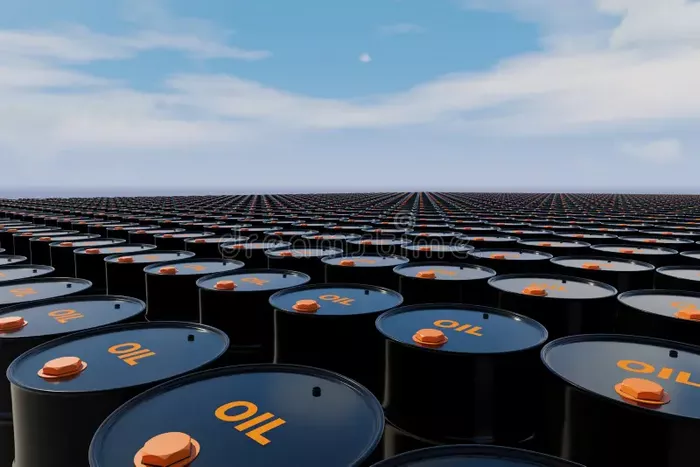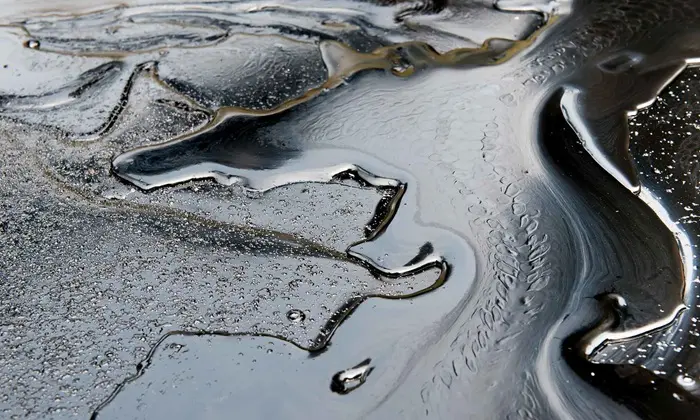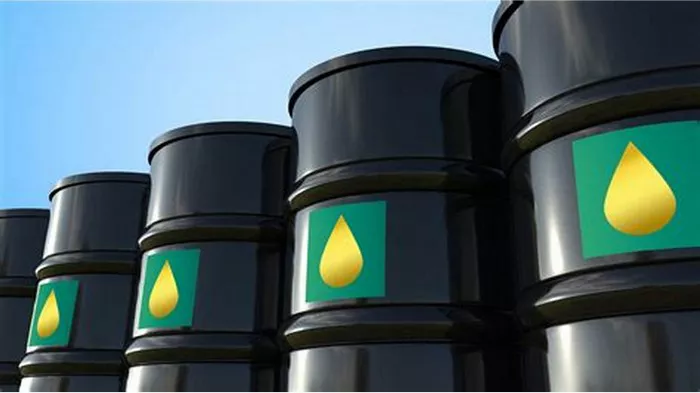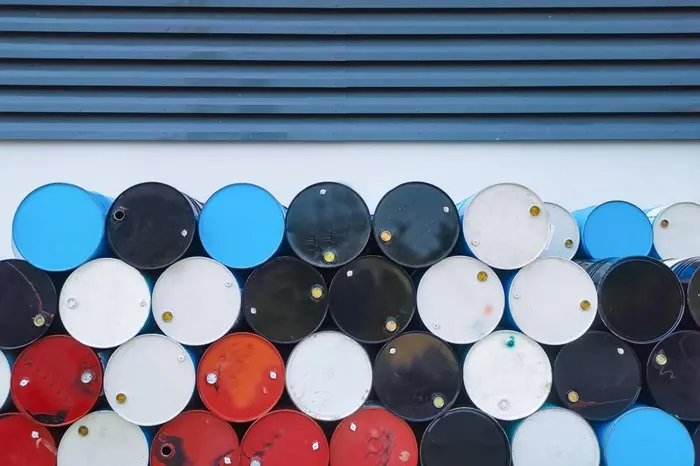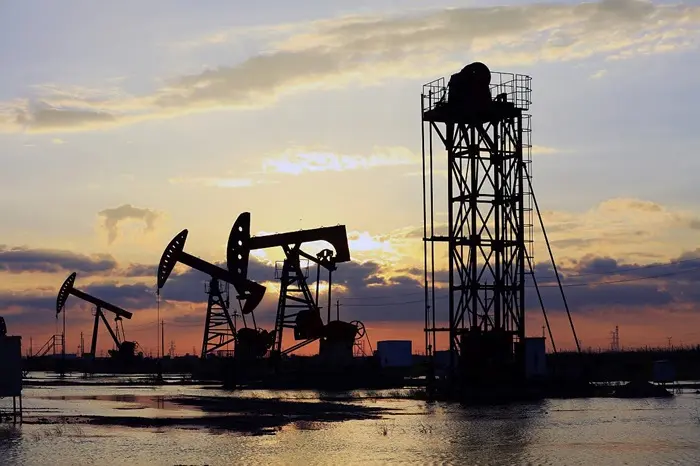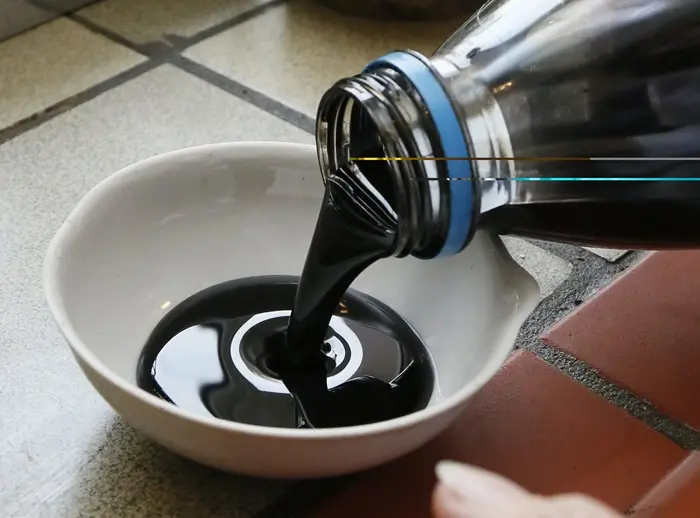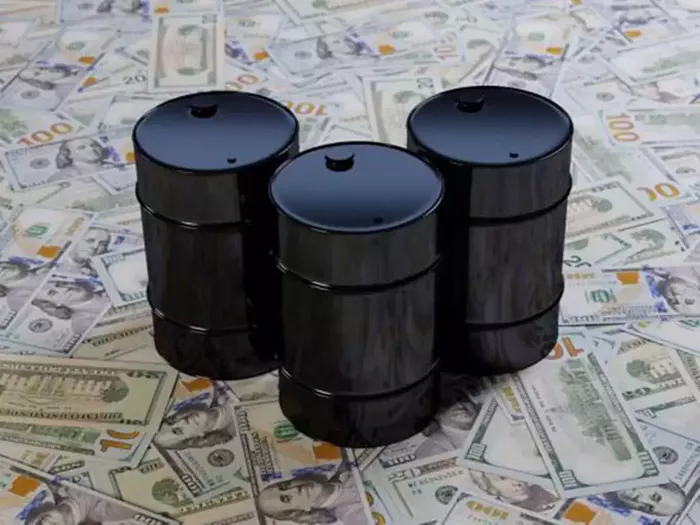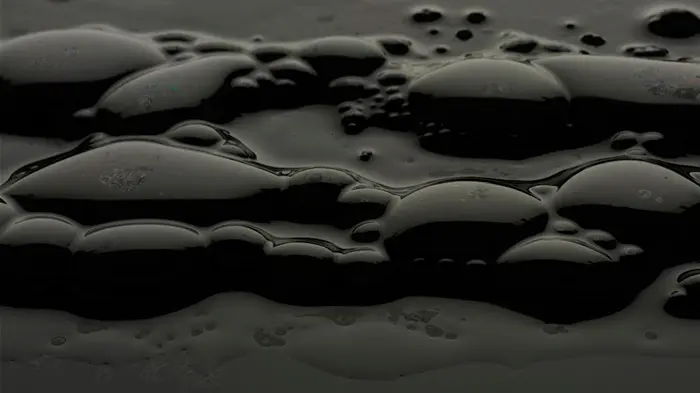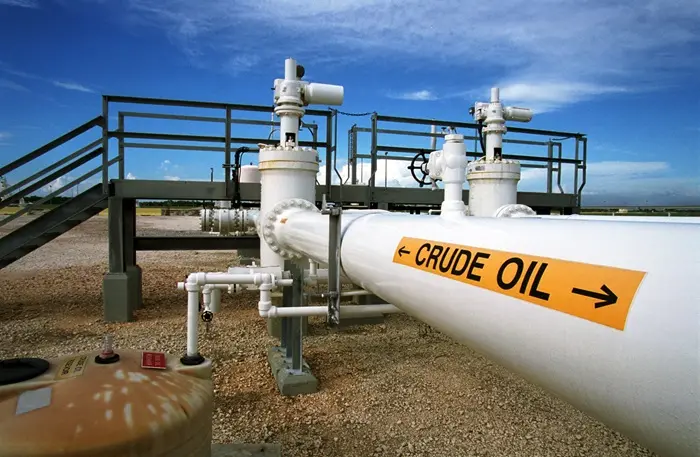Crude oil is one of the most valuable resources in the world, serving as the foundation for various products, including fuels, chemicals, and plastics. Plastics, in particular, have become an integral part of our daily lives, found in everything from packaging and household items to medical devices and automobiles. Understanding the types of plastics derived from crude oil is essential for grasping their roles in modern society and the environmental challenges they pose. This article will explore 5 major types of plastics made from crude oil, their applications, and their environmental impact.
What is Crude Oil?
Crude oil, a fossil fuel formed over millions of years from the remains of ancient marine organisms, is a complex mixture of hydrocarbons. It is extracted from the earth through drilling and then refined into various products. Among these products are the monomers that serve as the building blocks for plastics. Through chemical processes such as polymerization, these monomers are converted into polymers, which are then molded into plastic products.
The Role of Crude Oil in Plastic Production
Crude oil is the primary raw material for producing the majority of plastics. During the refining process, crude oil is heated and separated into different components, including naphtha, a key feedstock for producing many types of plastics. The conversion of naphtha into monomers like ethylene, propylene, and styrene is a crucial step in the production of plastics.
1. Polyethylene (PE)
Overview
Polyethylene (PE) is the most widely produced plastic globally, accounting for over a third of all plastic production. It is derived from ethylene, a monomer obtained from the cracking of naphtha, a product of crude oil refining.
Types of Polyethylene
Low-Density Polyethylene (LDPE): LDPE is characterized by its flexibility, transparency, and resistance to moisture. It is commonly used in packaging materials, such as plastic bags, film wraps, and containers.
High-Density Polyethylene (HDPE): HDPE is known for its strength, durability, and chemical resistance. It is used in products like milk jugs, detergent bottles, and piping.
Applications
Polyethylene’s versatility makes it suitable for a wide range of applications:
Packaging: Polyethylene is extensively used in the packaging industry, where it provides a lightweight, durable, and moisture-resistant solution.
Construction: HDPE is often used in the construction industry for pipes and geomembranes due to its durability and resistance to environmental stress.
Environmental Impact
Polyethylene’s widespread use has led to significant environmental challenges, particularly in terms of plastic waste. While PE is recyclable, much of it ends up in landfills or as litter, contributing to pollution. Efforts to increase recycling rates and develop biodegradable alternatives are ongoing.
2. Polypropylene (PP)
Overview
Polypropylene (PP) is the second most produced plastic globally, derived from propylene, another byproduct of crude oil refining. It is known for its strength, chemical resistance, and versatility.
Applications
Polypropylene’s properties make it ideal for various applications:
Packaging: PP is widely used in packaging, particularly for food products, due to its ability to form airtight seals and its resistance to moisture and chemicals.
Automotive: In the automotive industry, PP is used for interior components, bumpers, and battery cases due to its durability and lightweight properties.
Medical: PP’s resistance to heat and chemicals makes it suitable for medical devices, syringes, and containers.
Environmental Impact
Like polyethylene, polypropylene presents environmental challenges, particularly in terms of waste management. Although PP is recyclable, the recycling rates are relatively low, leading to significant waste. Additionally, the production of PP contributes to greenhouse gas emissions, further emphasizing the need for sustainable alternatives.
See Also: 8 Points Explaining How to Convert Crude Oil Using Heat Energy
3. Polyvinyl Chloride (PVC)
Overview
Polyvinyl chloride (PVC) is a widely used plastic made from the polymerization of vinyl chloride monomers, derived from ethylene and chlorine. PVC is known for its durability, chemical resistance, and versatility.
Types of PVC
Rigid PVC: Used in construction materials like pipes, windows, and doors, rigid PVC is valued for its strength and durability.
Flexible PVC: By adding plasticizers, PVC becomes flexible and is used in products like cables, flooring, and medical tubing.
Applications
PVC’s properties make it suitable for a wide range of applications:
Construction: PVC is extensively used in the construction industry for pipes, window frames, and insulation materials due to its durability and resistance to environmental factors.
Healthcare: Flexible PVC is commonly used in medical devices, such as blood bags, tubing, and catheters, because of its flexibility and biocompatibility.
Consumer Goods: PVC is also used in the production of credit cards, toys, and clothing.
Environmental Impact
PVC production and disposal pose significant environmental challenges. The production process releases hazardous chemicals, including dioxins, which are harmful to human health and the environment. Additionally, PVC is difficult to recycle, and its disposal can lead to the release of toxic substances, making it a controversial material in terms of sustainability.
4. Polystyrene (PS)
Overview
Polystyrene (PS) is a plastic made from the polymerization of styrene, a monomer derived from crude oil. PS is known for its rigidity, clarity, and insulating properties.
Types of Polystyrene
Solid Polystyrene: Used in products like disposable cutlery, CD cases, and model kits, solid PS is valued for its strength and transparency.
Expanded Polystyrene (EPS): Commonly known as Styrofoam, EPS is used for insulation and packaging due to its lightweight and insulating properties.
Applications
Polystyrene’s properties make it suitable for various applications:
Packaging: PS is widely used in the packaging industry for products like food containers, cups, and protective packaging materials.
Insulation: EPS is commonly used in the construction industry for insulation panels and in the packaging industry for protecting fragile items.
Consumer Goods: PS is also used in the production of disposable items like cutlery, cups, and plates.
Environmental Impact
Polystyrene is notorious for its environmental impact, particularly as a major contributor to plastic pollution. It is not biodegradable and can persist in the environment for hundreds of years. Additionally, polystyrene is difficult to recycle, and its production releases harmful chemicals. The environmental challenges associated with PS have led to increased efforts to find alternatives and reduce its use.
5. Polyethylene Terephthalate (PET)
Overview
Polyethylene terephthalate (PET) is a plastic made from the polymerization of ethylene glycol and terephthalic acid, both of which are derived from crude oil. PET is known for its strength, transparency, and resistance to moisture and chemicals.
Applications
PET is widely used in various industries:
Beverage Bottles: PET is the material of choice for most beverage bottles due to its strength, lightweight, and ability to preserve the contents.
Packaging: PET is also used in food packaging, where its transparency and resistance to moisture make it ideal for protecting perishable goods.
Textiles: PET is used to produce polyester fibers, which are woven into fabrics for clothing and home textiles.
Environmental Impact
PET is one of the most recycled plastics, with many countries implementing recycling programs to manage PET waste. However, the environmental impact of PET is still significant, particularly in terms of plastic pollution in oceans and landfills. While PET is recyclable, the process is energy-intensive, and not all PET products are recycled. The accumulation of PET waste in the environment remains a pressing issue, driving the need for more sustainable practices and alternatives.
Conclusion
Plastics made from crude oil have revolutionized modern life, offering convenience, durability, and versatility across a wide range of applications. However, their environmental impact cannot be ignored. As the world grapples with the challenges of plastic pollution and climate change, finding sustainable alternatives to crude oil-derived plastics is becoming increasingly important. Innovations in recycling, biodegradable materials, and reducing plastic consumption are crucial steps toward a more sustainable future. Understanding the types of plastics and their origins is the first step in addressing these challenges and making informed decisions as consumers and industries.
Related topics:

